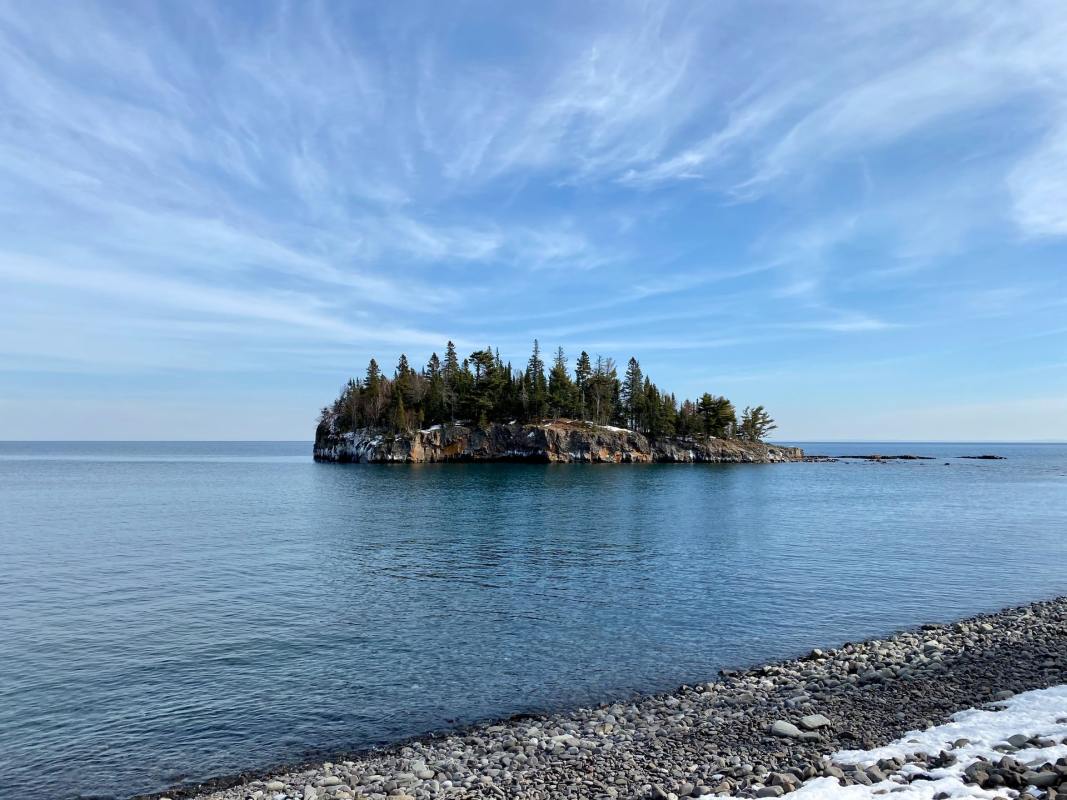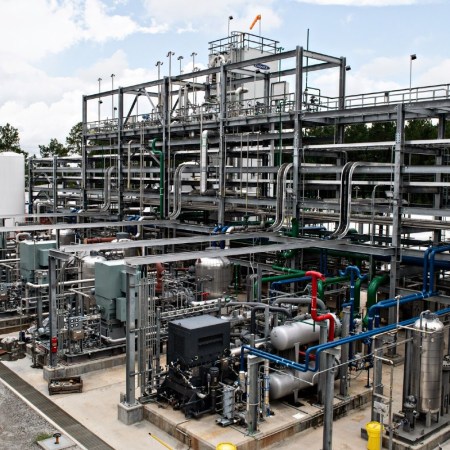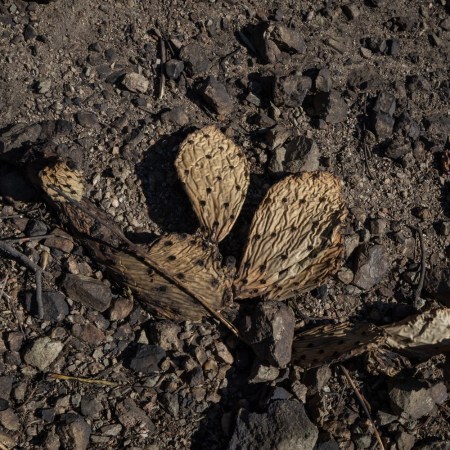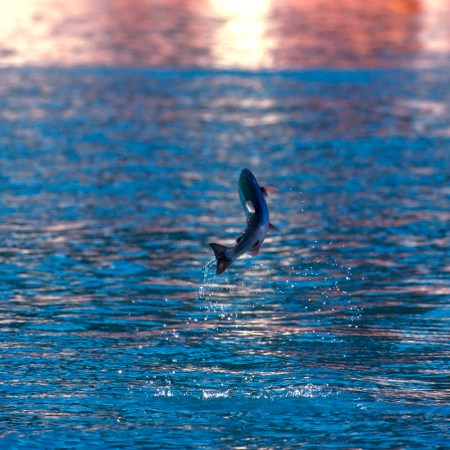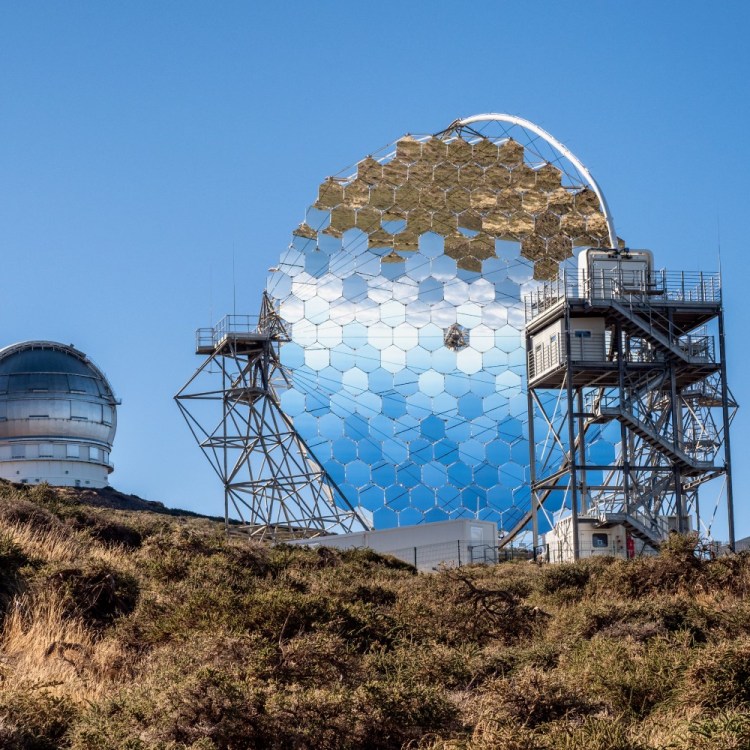Some disruptions to the environment are temporary. Others, unfortunately, can have a more permanent effect. The latter is the case when it comes to a type of chemical called PFASs, an abbreviation for “perfluoroalkyl and polyfluoroalkyl substances.” They’re more commonly known as forever chemicals — and they can endure in the environment for years — as well as within the bodies of humans and animals.
In the case of the last of these, they pose a threat multiple times over. PFASs can contaminate animals that humans rely on for food, and then pass the contamination along to the people doing the eating. A new article in The Washington Post zeroes in on one particularly fraught site of forever chemical contamination: Lake Superior, which the local Indigenous population looks to as a source for fish.
As the article points out, Lake Superior is home to a wide variety of species of fish. That’s the good news; the bad news is that many of them have been contaminated by PFASs. A 2019 study by the state of Wisconsin found six fish species with notable amounts of forever chemicals in their system, with the issue being particularly bad when it came to rainbow smelt.
A number of historical factors have led to the current situation with respect to contamination, from the legacy of mining to the use of firefighting foam at a nearby air base. But the ramifications for the local Indigenous communities — which have long relied on Lake Superior as a source of food — are substantial, for both pragmatic and cultural reasons.
As for rectifying the issue, that also remains to be seen. Intriguingly, hemp has shown promise as a way to get some forever chemicals out of the soil — but whether or not that’s scalable remains to be seen.
Thanks for reading InsideHook. Sign up for our daily newsletter and be in the know.
